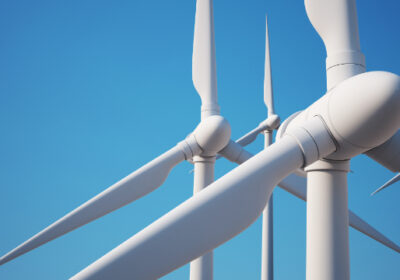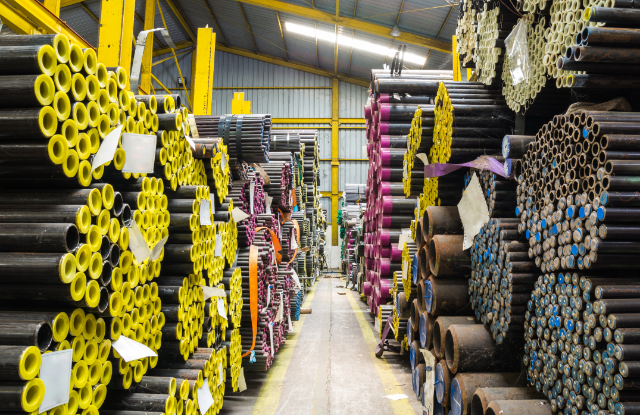Hydroforming Origins

We’re often asked when and where hydroforming started and how it came to be what it is today. With its potential for cost reduction and its obvious design advantages, it would seem that absolutely everything would be shifting to the hydroforming process.
Surprisingly, the hydroforming process actually started in the 1950’s and was used for producing kitchen spouts. At least in part, the process was developed to allow for easier metal finishing, but also offered the strength and design advantages we often speak of today.
It’s generally assumed that hydroforming is now best known for its application in the automotive sector, but it’s certainly not limited to that. Hydroforming allows complex parts to be build with less tooling, reduces weight by requiring less material, and offers the ultimate sky is the limit approach to design. Automobile designers everywhere have discovered that new hydroformed structures are a lighter and stronger alternative to traditional stamped and welded assemblies. American Hydroformers, Inc. (AHI) can meet the needs of customers in the automotive industry for hydroformed catalytic converter cones and exhaust components, crash tips, cross members, engine cradles, frame rails, header and exhaust manifolds, instrument panel beams, radiator and roof supports, trailing suspension arms and more.
For many years, high performance and race car builders have utilized tubular frame construction for its strength and lightweight nature. With the latest federal mandates for mileage and crash worthiness, hydroformed frames are an ideal solution.
AHI offers automotive hydroforming, diesel exhaust hydroforming, as well as hydroforming for plumbing, recreation vehicles, appliances and other unique applications.
Unlike other metal forming techniques, hydroforming allows for increased part strength, lower part weight, and greater design flexibility, while also improving overall part quality. Contact us to see how you can reduce your tooling and part costs.
Error: Contact form not found.




Leave a Reply